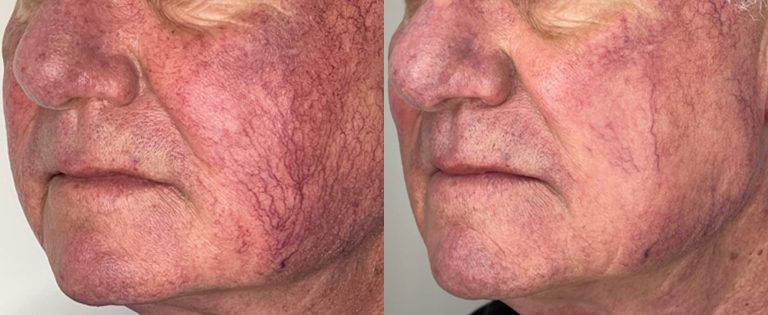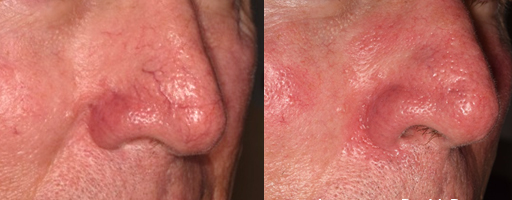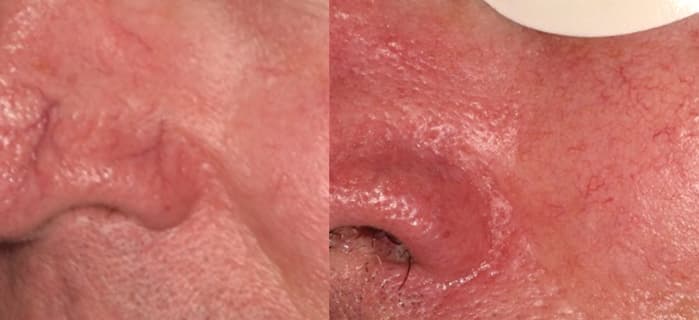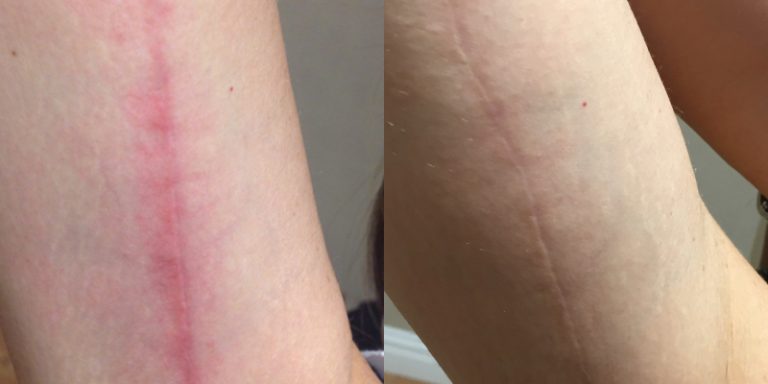How Does Upper Eyelid Surgery Work?
This procedure removes excess skin and fat from the upper eyelids through a small cut hidden in the crease. The muscle may also be tightened if needed. It’s done under local or twilight anaesthesia by Dr. Tanov using a technique designed for minimal scarring and quick recovery. The result is a more open, refreshed appearance and improved vision if sagging skin was obstructing the eyes.
Duration
1-3 hours
Driving
After 3 Days
Anaesthesia
Local or Twilight
Hospital Stay
Day Case
Exercise
After 2 Weeks
Final Results
up to 10 years
Pre Admission Tests
Not required
Addresses
Eyelid Puffiness/Hooding
Downtime
1-2 Weeks
Thread Veins Removal Treatment
Unsure what to expect at this treatment? Take a look behind the flashing lights and glamour and gain real perspective into this treatment offered at Dr Tanov Aesthetic clinic using a standard IPhone to record! No editing or filters have been used in the making of this video!
Upper Lid Blepharoplasty
Upper eyelid blepharoplasty, commonly known as an "eyelid lift," is a surgical procedure specifically aimed at correcting issues in the upper eyelid area. This procedure targets the region between the eyebrow and the lash line, addressing concerns such as loose or sagging skin, protruding fat, and weakened muscles that can cause a hooded look and limit peripheral vision. The surgery is typically performed under local or twilight anaesthesia, with precise incisions made along the eyelid's natural creases.
Benefits
- Reduces sagging or drooping upper eyelid skin
- Improves peripheral vision by removing excess eyelid tissue
- Restores a more youthful and refreshed appearance to the eyes
- Removes or reduces bulging fat in the upper eyelids
- Creates a more defined and natural eyelid crease
- Relieves heaviness and discomfort caused by overhanging eyelid skin
- Enhances overall facial symmetry and eye contour
Single session & package options
⚠️ Potential Complications of Blepharoplasty & Their Management
- Swelling and Bruising: Common after surgery; managed with cold compresses, head elevation, and anti-inflammatories.
- Dry or Irritated Eyes: Temporary dryness or itching; relieved with lubricating drops and ointments.
- Infection: Rare, but possible; treated with antibiotics and proper wound care.
- Asymmetry or Uneven Healing: Often improves as swelling subsides; persistent cases may need revision.
- Temporary Blurred or Double Vision: Caused by swelling; usually resolves within days to weeks.
- Excessive Scarring or Poor Wound Healing: Minimized with good surgical technique; may be improved with topical treatments or revision.
- Difficulty Closing the Eyes: Usually temporary; rare severe cases may need corrective surgery.
- Bleeding or Hematoma: Requires prompt medical attention; sometimes drainage is needed.
Before-After
Real life photos of effects of treatments





